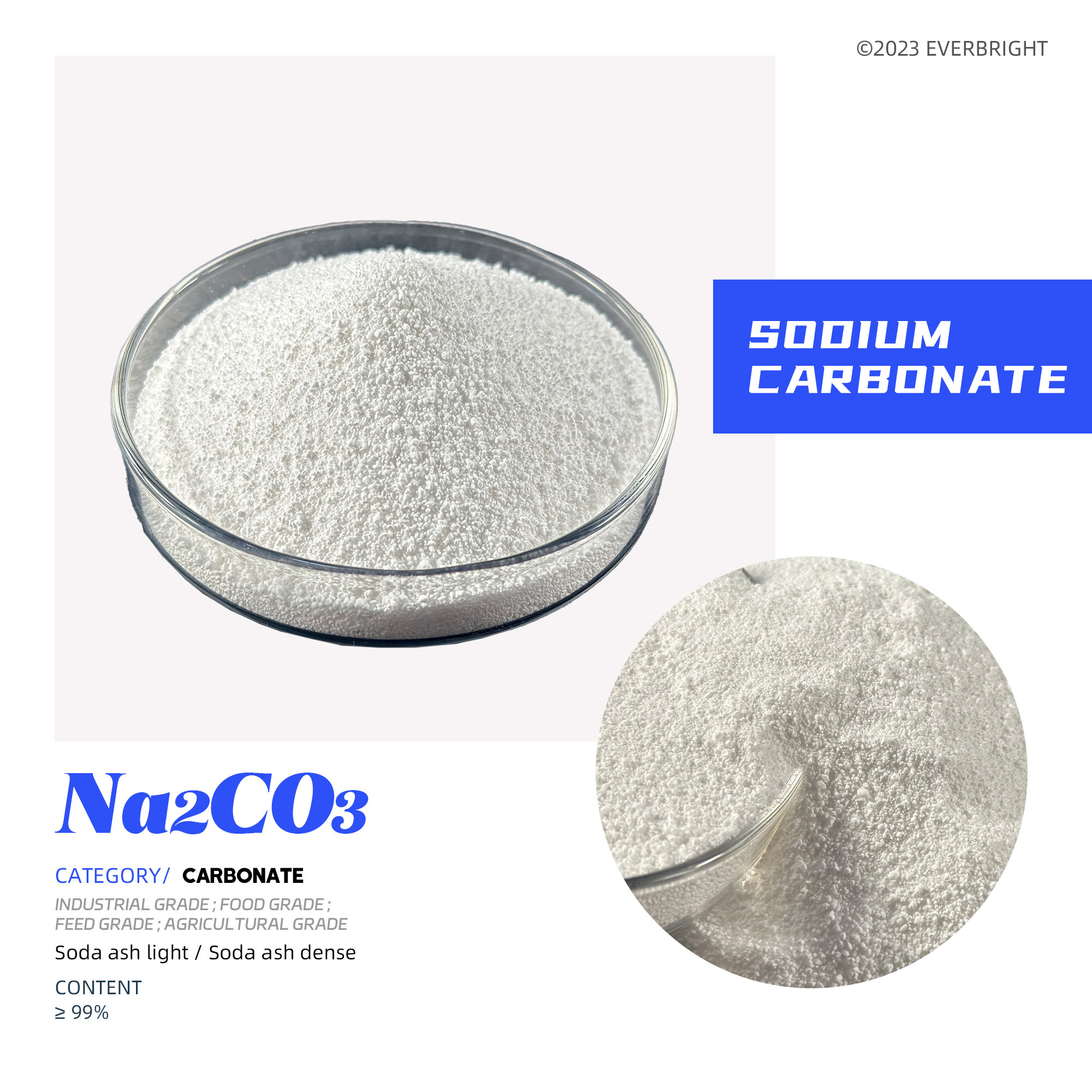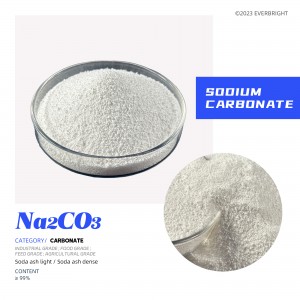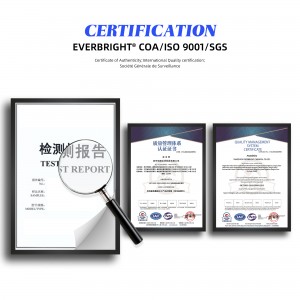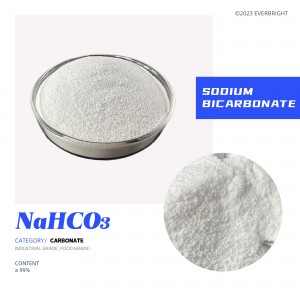Sodium Carbonate
Product Details

Soda ash light

Soda ash dense
Specifications provided
Soda ash light/Soda ash dense
content ≥99%
(Scope of application reference ‘product usage’)
Sodium carbonate is one of the important chemical raw materials, widely used in light industrial daily chemical, building materials, chemical industry, food industry, metallurgy, textile, petroleum, national defense, medicine and other fields, as raw materials for the manufacture of other chemicals, cleaning agents, detergents, and also used in photography and analysis fields. It is followed by metallurgy, textiles, petroleum, national defense, medicine and other industries. The glass industry is the largest consumer of soda ash, consuming 0.2 tons of soda ash per ton of glass. In the industrial soda ash, mainly light industry, building materials, chemical industry, accounting for about 2/3, followed by metallurgy, textile, petroleum, national defense, medicine and other industries.
EVERBRIGHT® ‘ll also provide customized :content/whiteness/particlesize/PHvalue/color/packagingstyle/ packaging specifications and other specific products that are more suitable for your use conditions , and provide free samples.
Product Parameter
497-19-8
231-861-5
105.99
Carbonate
2.532 g/cm³
soluble in water
1600 ℃
851 ℃
Product Usage
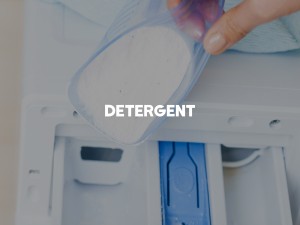
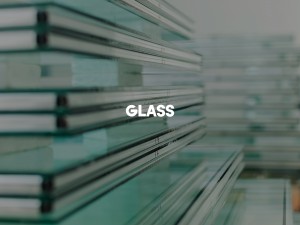
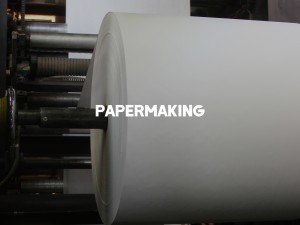
Glass
The main components of glass are sodium silicate, calcium silicate and silicon dioxide, and sodium carbonate is the main raw material used to make sodium silicate. Sodium carbonate reacts with silicon dioxide at high temperatures to form sodium silicate and carbon dioxide. Sodium carbonate can also adjust the coefficient of expansion and chemical resistance of the glass. Sodium carbonate can be used to make different types of glass, such as flat glass, float glass, optical glass, etc. For example, float glass is a high-quality flat glass made by floating a layer of molten glass on top of a layer of molten tin, which contains sodium carbonate in its composition.
Detergent
As an auxiliary agent in detergent, it can enhance the washing effect, especially for grease stains, sodium carbonate can saponify oil, transform stains into active substances, and increase the content of active substances while washing stains, so that the washing effect is greatly enhanced. Sodium carbonate has a certain detergency, because most stains, especially oil stains, are acidic, and sodium carbonate is used to react with them to produce water-soluble salts. Many detergents on the market add a certain amount of sodium carbonate, the most important role is to ensure a good alkaline environment of the active substance to ensure good detergency.
Dyeing addition
1. Alkaline action: Sodium carbonate solution is a weakly alkaline substance that can make cellulose and protein molecules carry negative charges. The production of this negative charge facilitates the adsorption of different pigment molecules, so that the pigment can better settle on the surface of the cellulose or protein.
2. Improve the solubility of pigments: some pigments in water solubility is low, sodium carbonate can increase the pH value of water, so that the degree of pigment ionization increases, so that the solubility of pigments in water can be improved, so that it is easier to be adsorbated by cellulose or protein.
3. Neutralizing sulfuric acid or hydrochloric acid: In the dyeing process, some pigments need to react with sulfuric acid or hydrochloric acid to achieve the dyeing effect. Sodium carbonate, as an alkaline substance, can be neutralized with these acidic substances, thus achieving the purpose of dyeing.
Papermaking
Sodium carbonate hydrolyzes in water to produce sodium peroxycarbonate and carbon dioxide. Sodium peroxycarbonate is a new kind of pollution-free bleaching agent, which can react with the lignin and color in the pulp to produce a substance that is easily soluble in water, so as to achieve the effect of decolorization and whitening.
Food Additives (Food grade)
As a loosening agent, used to make biscuits, bread, etc., to make food fluffy and soft. As a neutralizer, it is used to adjust the pH of food, such as making soda water. As a composite agent, it is combined with other substances to form different baking powder or stone alkali, such as alkaline baking powder combined with alum, and civil stone alkali combined with sodium bicarbonate. As a preservative, used to prevent food spoilage or mildew, such as butter, pastry, etc.





